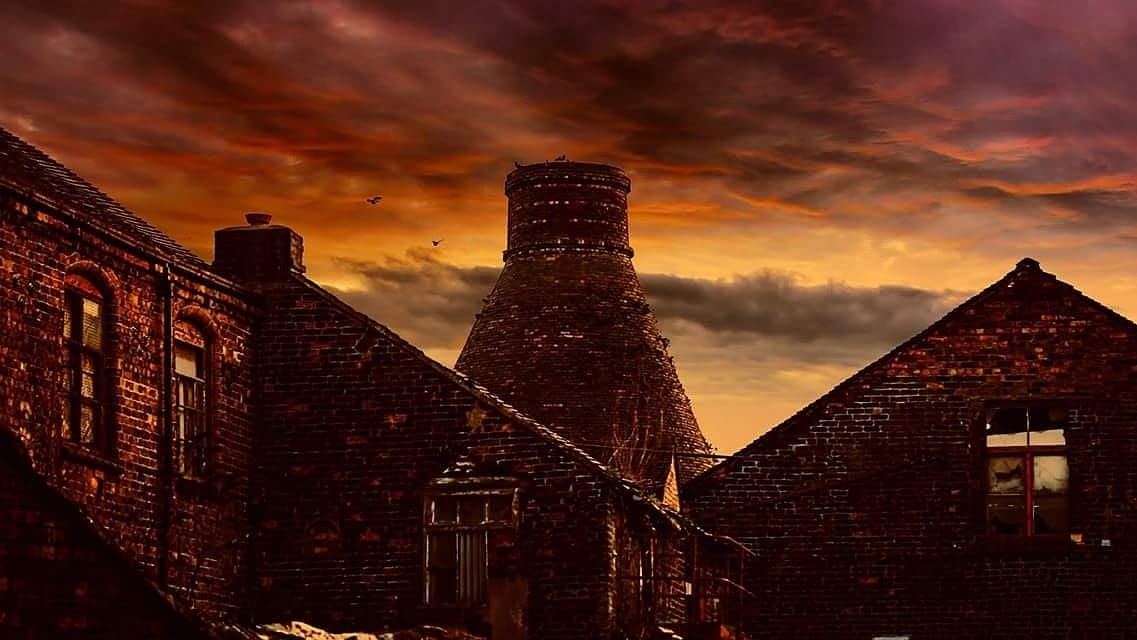The Industrial Revolution brought about tremendous changes in manufacturing, particularly in the ceramic industry. A key element of this transformation was the development and use of bottle ovens. These iconic structures, which once dominated the skyline of Stoke-on-Trent and other pottery towns, played a crucial role in the production of pottery. Today, as we celebrate Potteries Bottle Oven Day, we take a deep dive into the history, facts, and function of these remarkable ovens, and explore why they hold such a special place in the heritage of the Potteries.
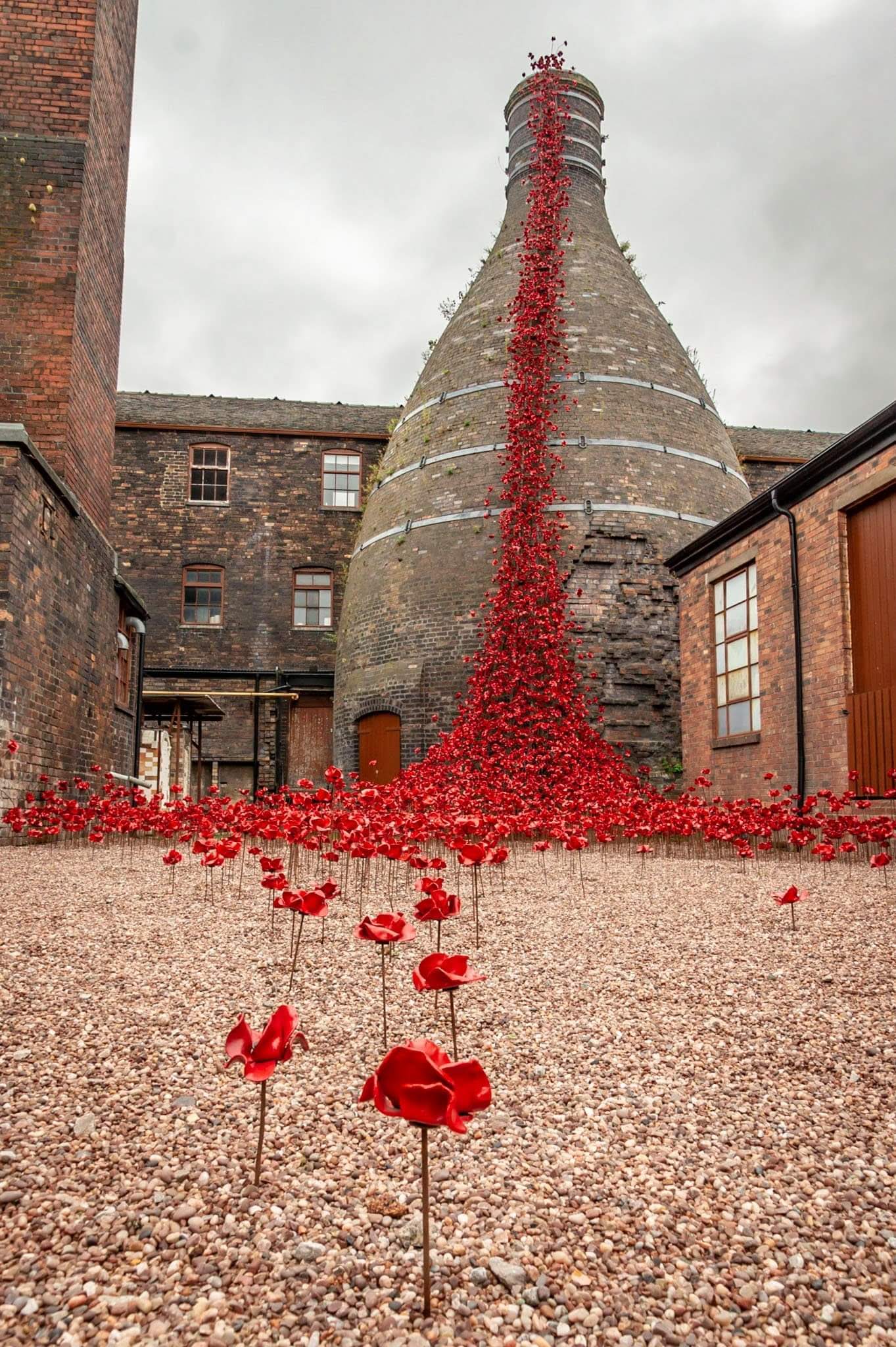
The Origins and Evolution of Bottle Ovens
The bottle oven, also known as a bottle kiln, is an industrial kiln once widely used in the production of pottery. The term "bottle oven" derives from its distinctive bottle-like shape, with a bulbous base tapering to a narrower top, although their forms varied considerably. These structures were integral to the ceramic industry, particularly in the North Staffordshire region, which became known as the Potteries.
The origins of the bottle oven can be traced back to the early 18th century. Before their introduction, pottery was fired in simpler updraught kilns, which were inefficient and produced uneven results. As the demand for pottery grew, especially with the rise of tea drinking and the need for durable, glazed ceramics, there was a push to develop more efficient firing methods. The bottle oven emerged as the solution, providing a more controlled environment for firing pottery and enabling the mass production of ceramics.
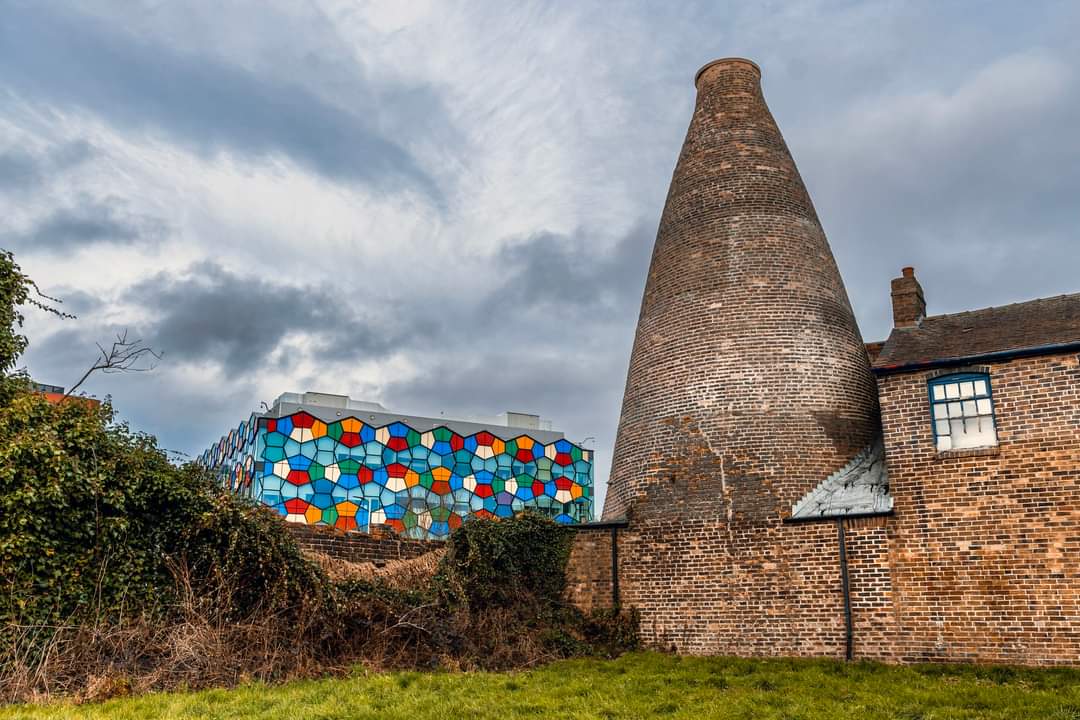
Evolution of Design
The design of the bottle oven evolved over the years, adapting to the changing needs of the pottery industry. Early bottle ovens were relatively small and simple in construction, typically made of brick with a basic chimney. However, as the industry expanded and the scale of production increased, so too did the size and complexity of the bottle ovens.
By the 19th century, bottle ovens had become much larger and more sophisticated, often reaching heights of over 70 feet. The introduction of the downdraught kiln, where heat was drawn down through the chamber rather than simply rising through it, marked a significant advancement in the efficiency of bottle ovens. This design allowed for more even heat distribution, resulting in better quality pottery and reduced wastage.
The construction of bottle ovens was a highly skilled trade, with specialised craftsmen known as "oven builders" responsible for their design and construction. These craftsmen had an intimate knowledge of the materials and techniques required to create a bottle oven that could withstand the extreme temperatures needed for firing pottery.
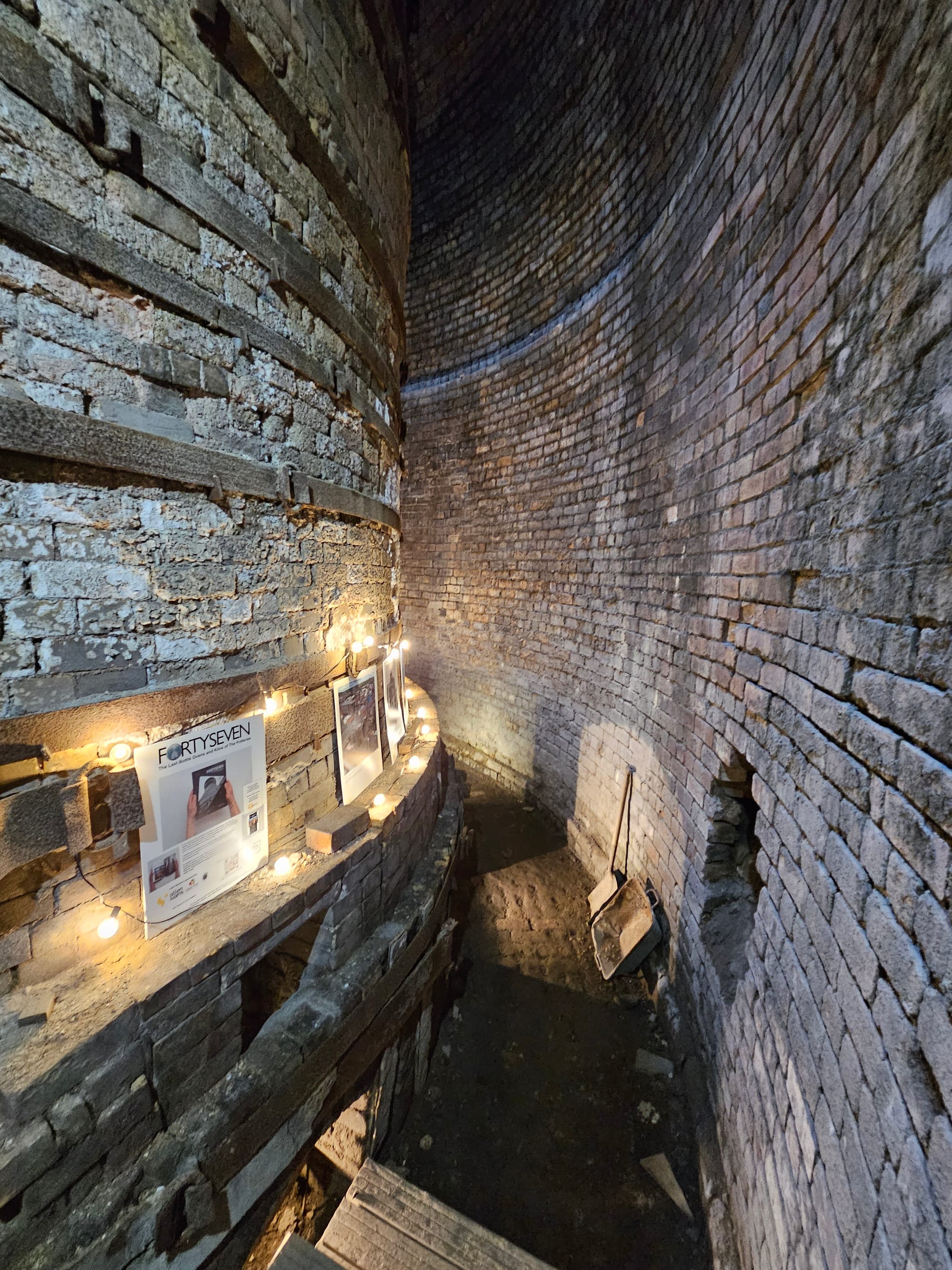
The Function and Operation of Bottle Ovens
The operation of a bottle oven was a complex process, requiring careful preparation and precise timing. A typical firing cycle could last several days and involve a team of workers who specialised in different aspects of the process.
The bottle oven was divided into two main parts: the firing chamber, where the pottery was placed, and the chimney, which drew the smoke and gases away. The firing chamber was typically lined with firebricks, capable of withstanding the intense heat generated during firing.
Before firing, the pottery was carefully stacked inside the chamber in a process known as "placing." This was a skilled task, as the placement of the pottery had to allow for the even circulation of heat while maximising the number of items that could be fired at once. The pottery was often placed in saggars, protective clay containers that shielded the wares from direct contact with the flames and debris.
Once the pottery was in place, the chamber was sealed, and the firing process began. The kiln was heated gradually, using coal as the primary fuel source. The temperature inside the kiln would rise steadily over several hours, eventually reaching up to 1,400 degrees Celsius, depending on the type of pottery being fired.
The firing process could take several days, during which time the temperature inside the kiln had to be carefully monitored and controlled. Skilled workers known as "firemen" were responsible for maintaining the correct temperature, adding coal to the fireboxes at regular intervals and adjusting the airflow through the kiln to achieve the desired conditions.
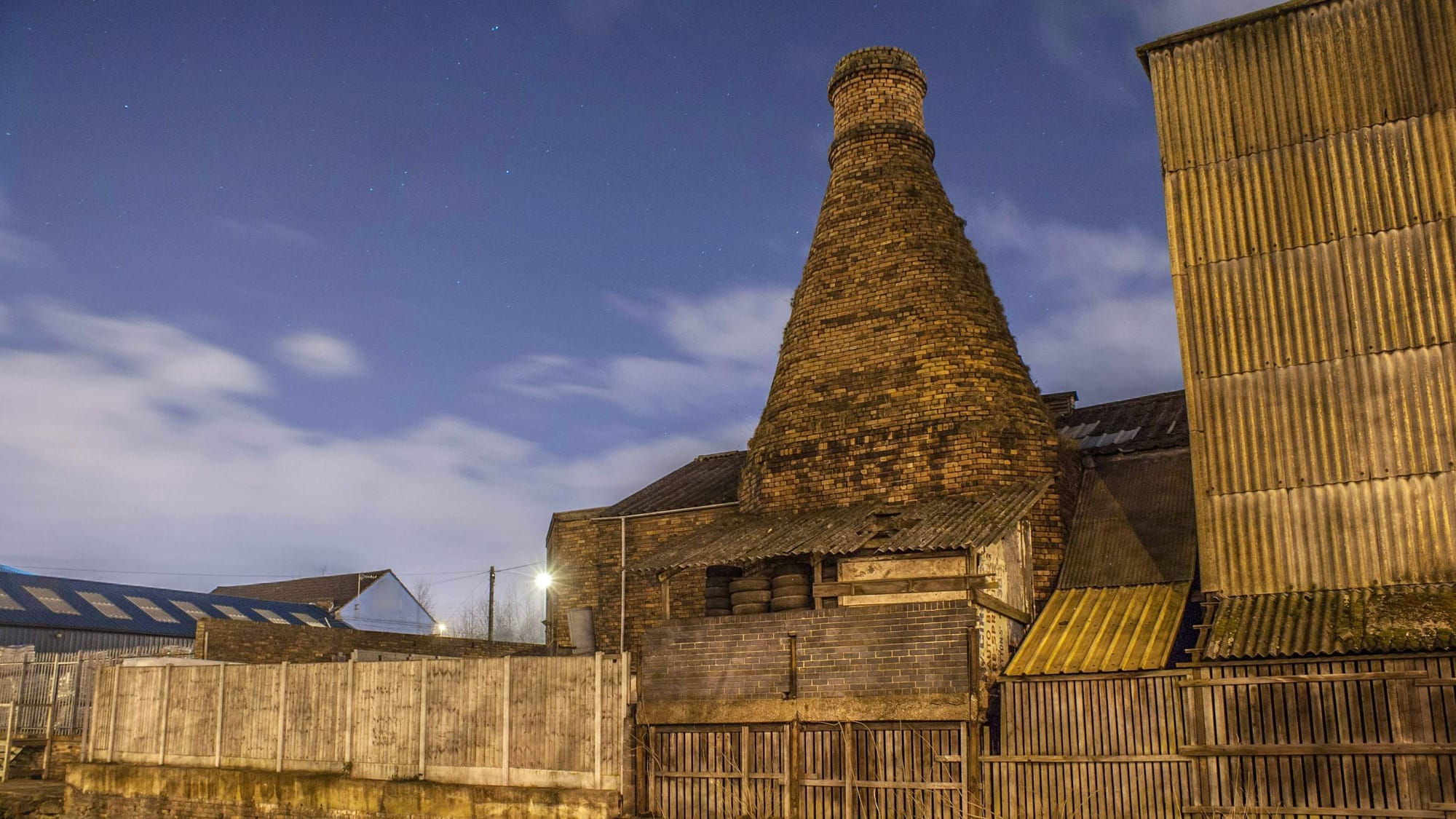
The Role of Heat and Atmosphere
The success of the firing process depended not only on reaching the correct temperature but also on controlling the atmosphere inside the kiln. The atmosphere could be either oxidising or reducing, depending on the amount of oxygen present during firing.
In an oxidising atmosphere, the pottery would take on a brighter, more vibrant colour, as the oxygen reacted with the minerals in the clay and glazes. In contrast, a reducing atmosphere, with limited oxygen, would result in darker, more muted colours. The choice of atmosphere was determined by the type of pottery being produced and the desired finish.
The skill of the firemen in controlling both the temperature and atmosphere was crucial to the quality of the finished pottery. Any mistakes during the firing process could result in a ruined batch of wares, with pots cracking, warping, or coming out with the wrong colour.
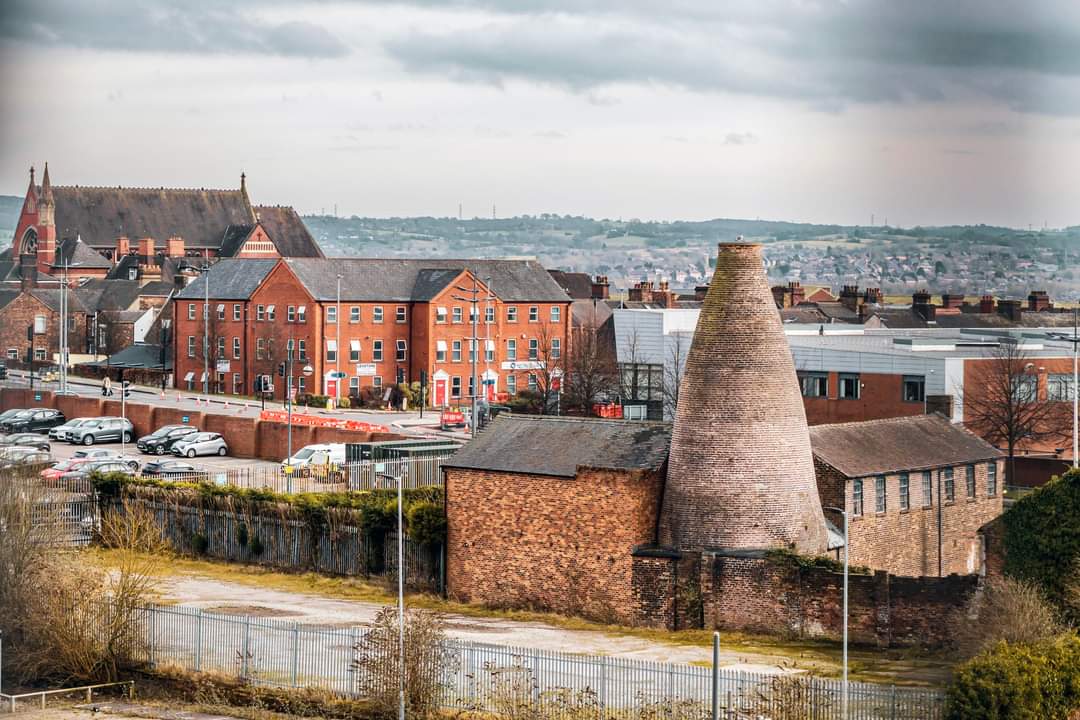
The Cultural and Economic Impact of Bottle Ovens
The development and widespread use of bottle ovens had a profound impact on the pottery industry, particularly in North Staffordshire, where they became a defining feature of the landscape. By the late 18th century, the area known as the Potteries, encompassing the towns of Stoke, Hanley, Burslem, Tunstall, Longton, and Fenton, had become the heart of the British pottery industry.
The bottle oven was central to this industrial boom, enabling the mass production of high-quality ceramics that were exported all over the world. The rise of the Potteries was closely linked to the growth of the British Empire, as the demand for fine china and other ceramics grew in Britain and its colonies.
The success of the pottery industry brought economic prosperity to the region, with thousands of people employed in the production of ceramics. Entire communities were built around the potteries, with workers living close to the factories where they worked.
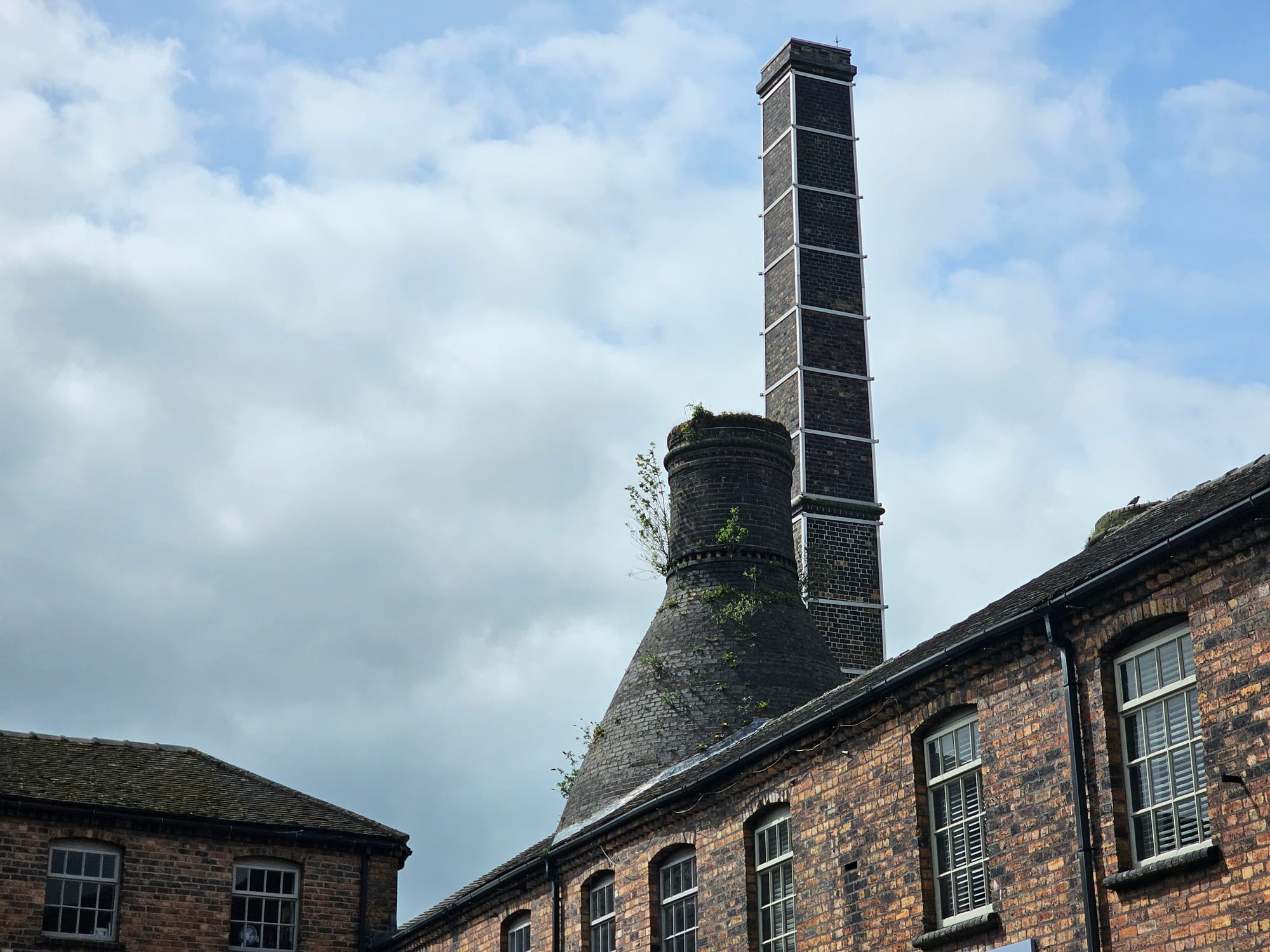
Bottle Ovens as Cultural Icons
As bottle ovens became synonymous with the Potteries, they also became cultural icons, symbolising the region's industrial heritage and the skill of its workers. The sight of hundreds of bottle ovens towering over the streets was a defining image of the region, and they became a source of pride for the local community.
The bottle oven was not just a functional structure; it was also a work of craftsmanship, with each one uniquely designed and built by skilled oven builders. The intricate brickwork and careful construction of the ovens were a testament to the expertise of the craftsmen who built them.
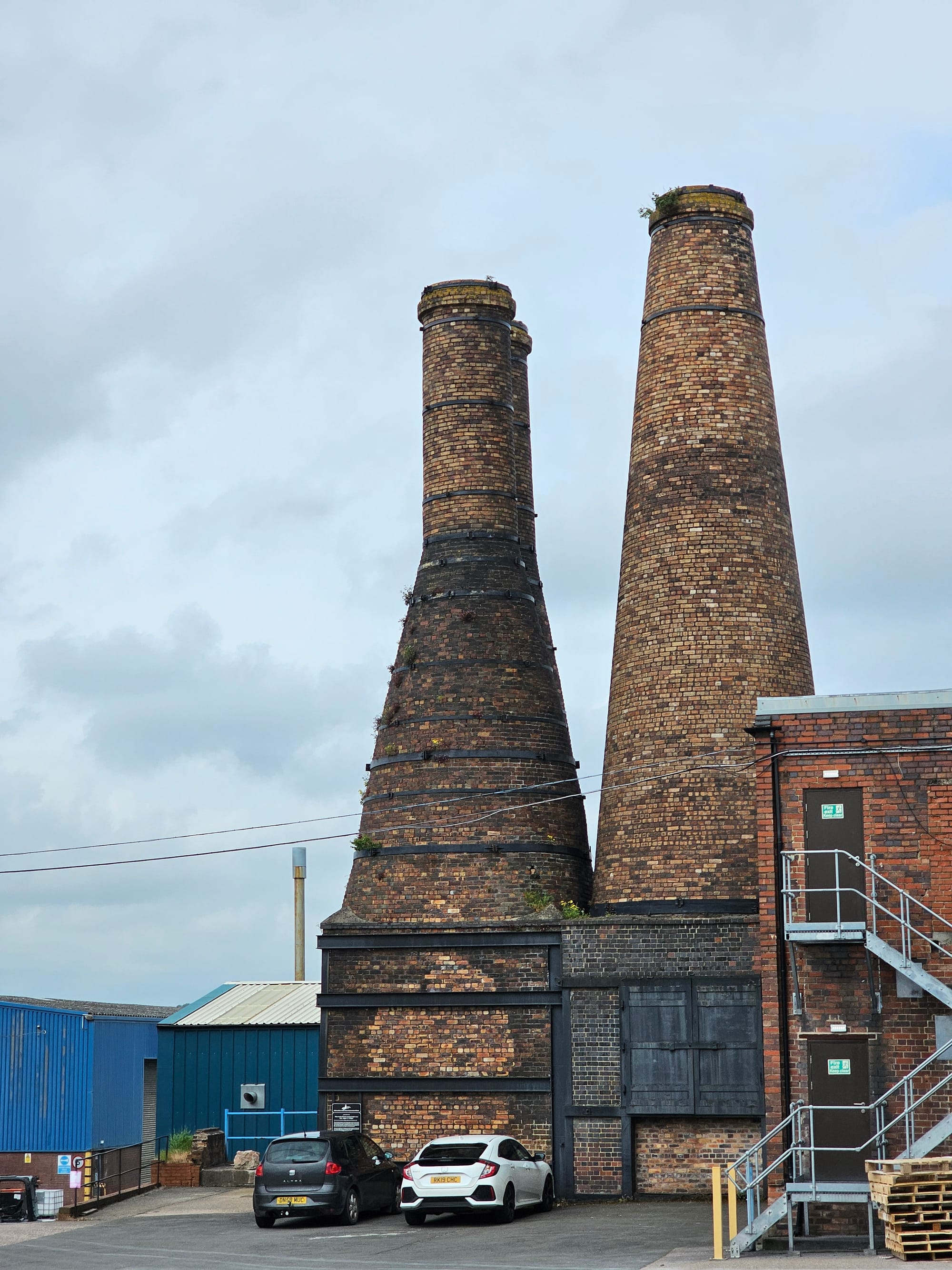
The Decline and Preservation of Bottle Ovens
The 20th century saw significant changes in the pottery industry, with the introduction of new technologies and materials that rendered the bottle oven obsolete. The development of continuous kilns, which could operate non-stop and require less labour and fuel, marked the beginning of the end for the bottle oven.
By the 1960s, the majority of bottle ovens in the Potteries had been decommissioned and demolished, as potteries modernised their operations and the Clean Air Act was put into place in 1956. The once-dominant bottle oven, which had defined the skyline of Stoke-on-Trent for centuries, was rapidly disappearing.
The decline of the bottle oven also coincided with the decline of the pottery industry itself. As production moved overseas and demand for traditional ceramics decreased, many of the potteries in Stoke-on-Trent closed their doors, leaving the remaining bottle ovens as relics of a bygone era.
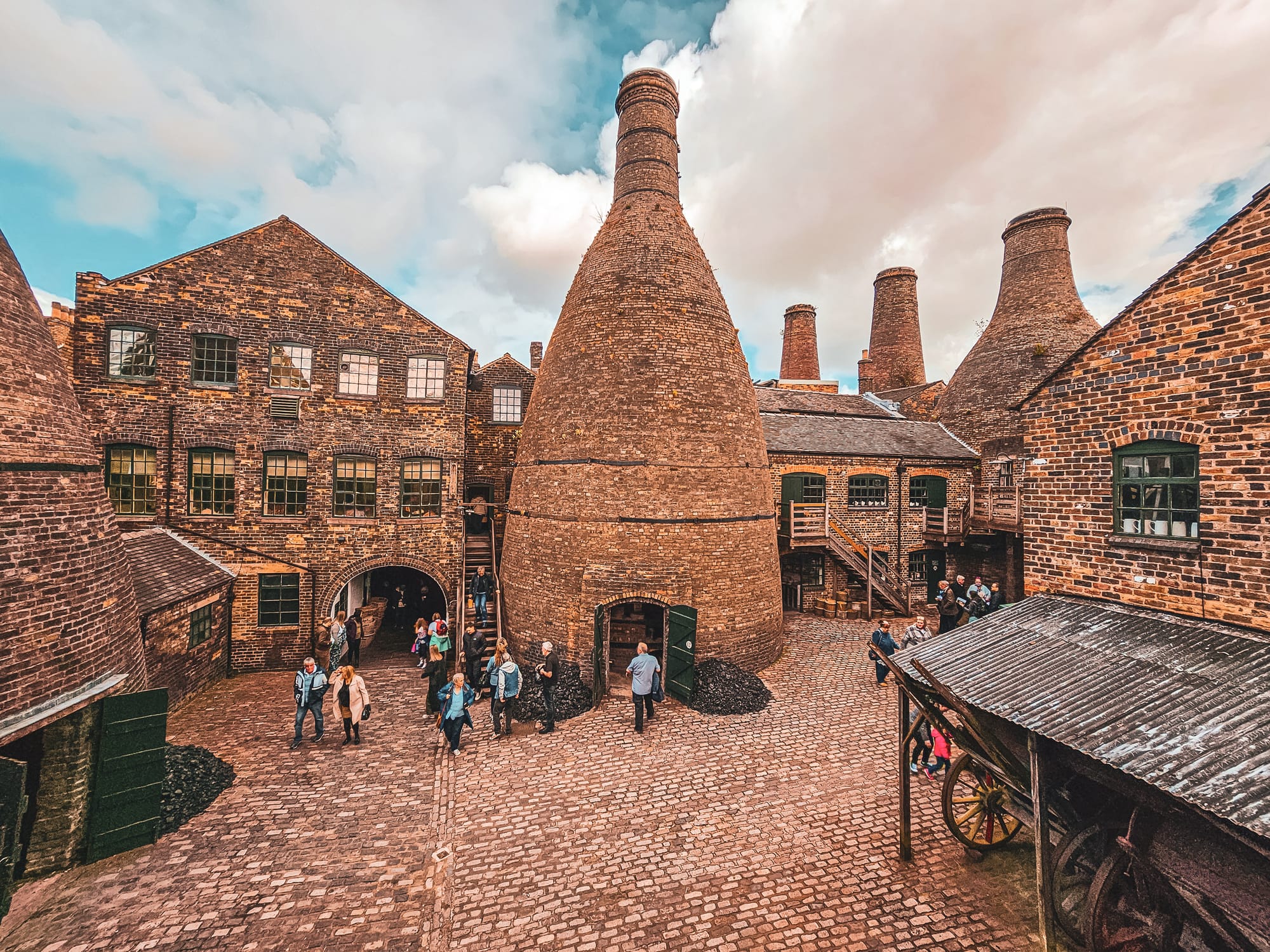
Preservation Efforts
Recognising the cultural and historical significance of the bottle ovens, efforts to preserve the remaining structures began in the latter half of the 20th century.
Through the efforts of preservationists, several bottle ovens were saved from demolition and restored. These structures, now protected as historical landmarks, serve as a reminder of the region's industrial heritage.
One of the most notable preservation efforts is the Gladstone Pottery Museum in Longton, Stoke-on-Trent, which is home to several restored bottle ovens. The museum offers visitors a glimpse into the history of the pottery industry and the role of the bottle oven in the production of ceramics.
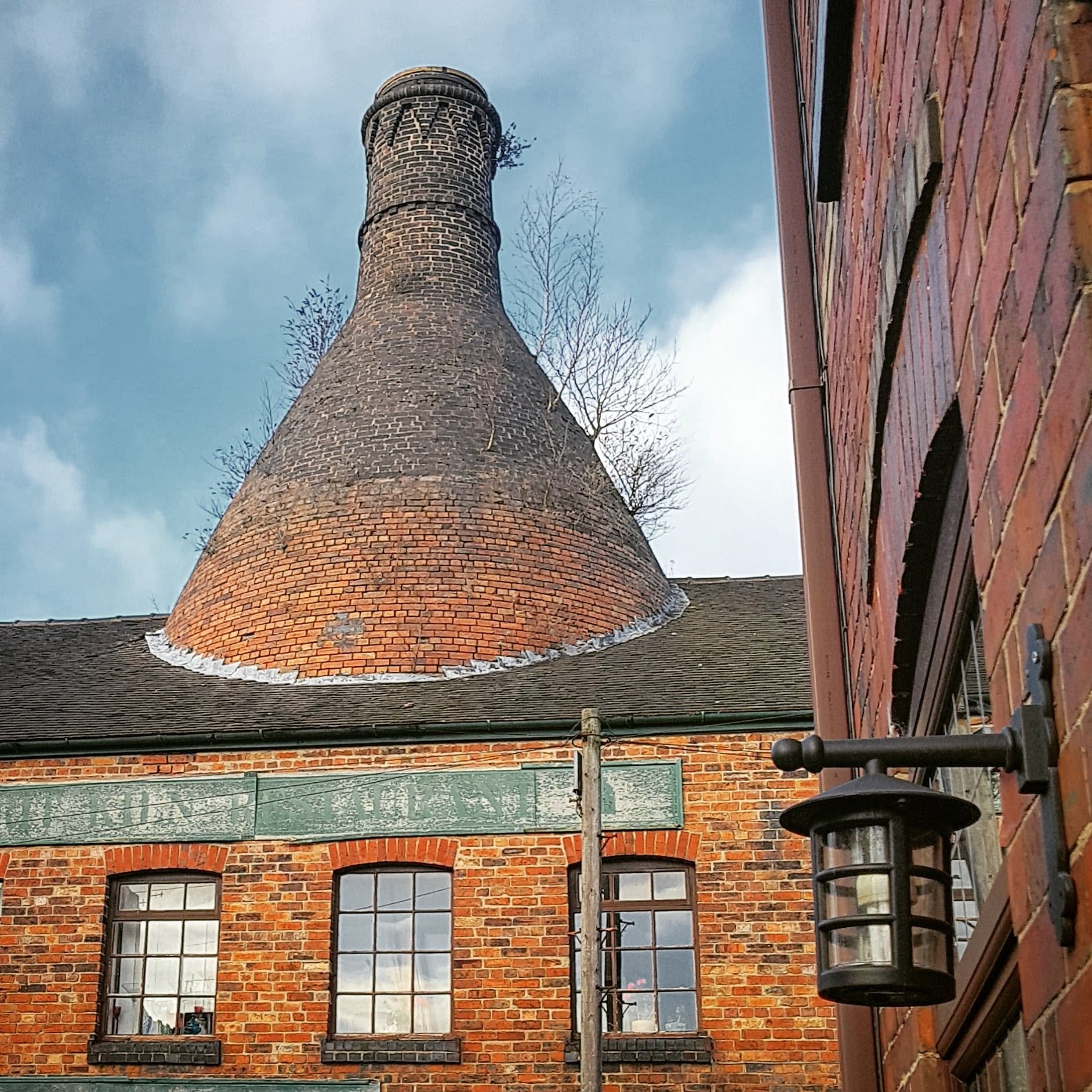
Potteries Bottle Oven Day: A Celebration of Heritage
Potteries Bottle Oven Day is an annual celebration that honours the history and legacy of the bottle oven in the Potteries. Held on 29th August each year, the day is an opportunity for the local community and visitors to reflect on the importance of these structures and their role in shaping the region's identity.
The day is marked by a range of events, including guided tours of surviving bottle ovens, exhibitions, and workshops that explore the history of the pottery industry. Local historians and former pottery workers often share their stories and memories, providing a personal connection to the past.
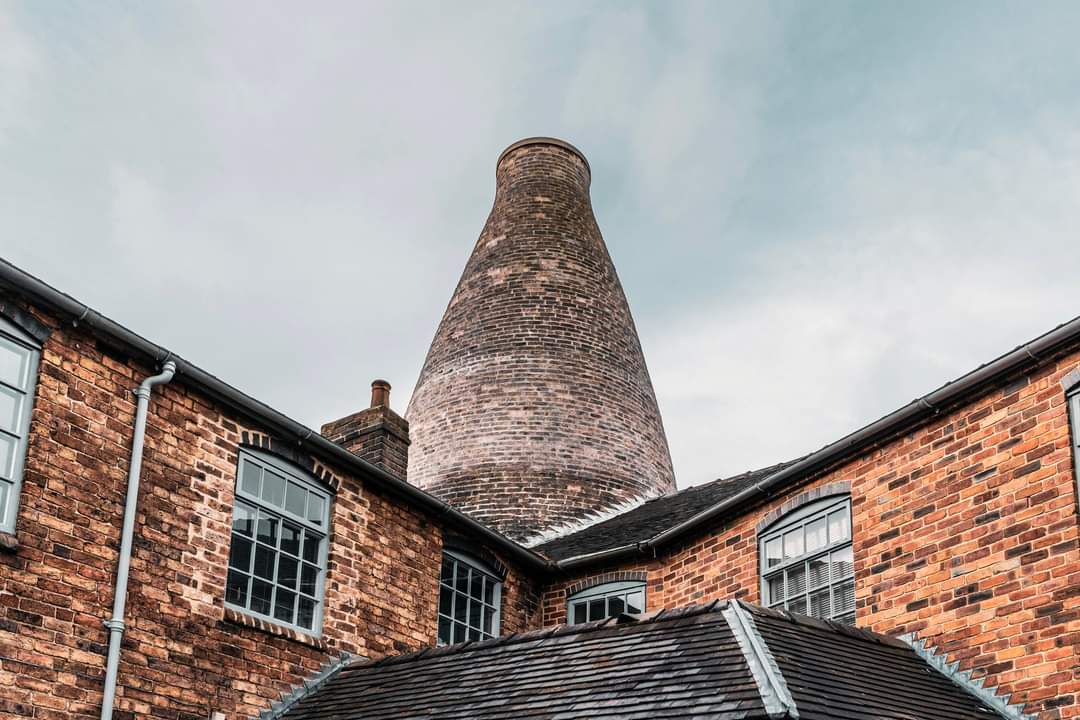
The Legacy of Bottle Ovens Today
While the bottle ovens are no longer in use, their legacy lives on in the culture and identity of the Potteries. They serve as a symbol of the region's industrial past and the ingenuity and skill of its workers. The preservation of these structures ensures that future generations can appreciate the role they played in the development of the pottery industry.
In recent years, there has been a renewed interest in the history of the Potteries and its bottle ovens, with efforts to promote the region as a heritage tourism destination. The bottle ovens, once seen as relics of a bygone era, are now celebrated as a unique and important part of Britain's industrial history.
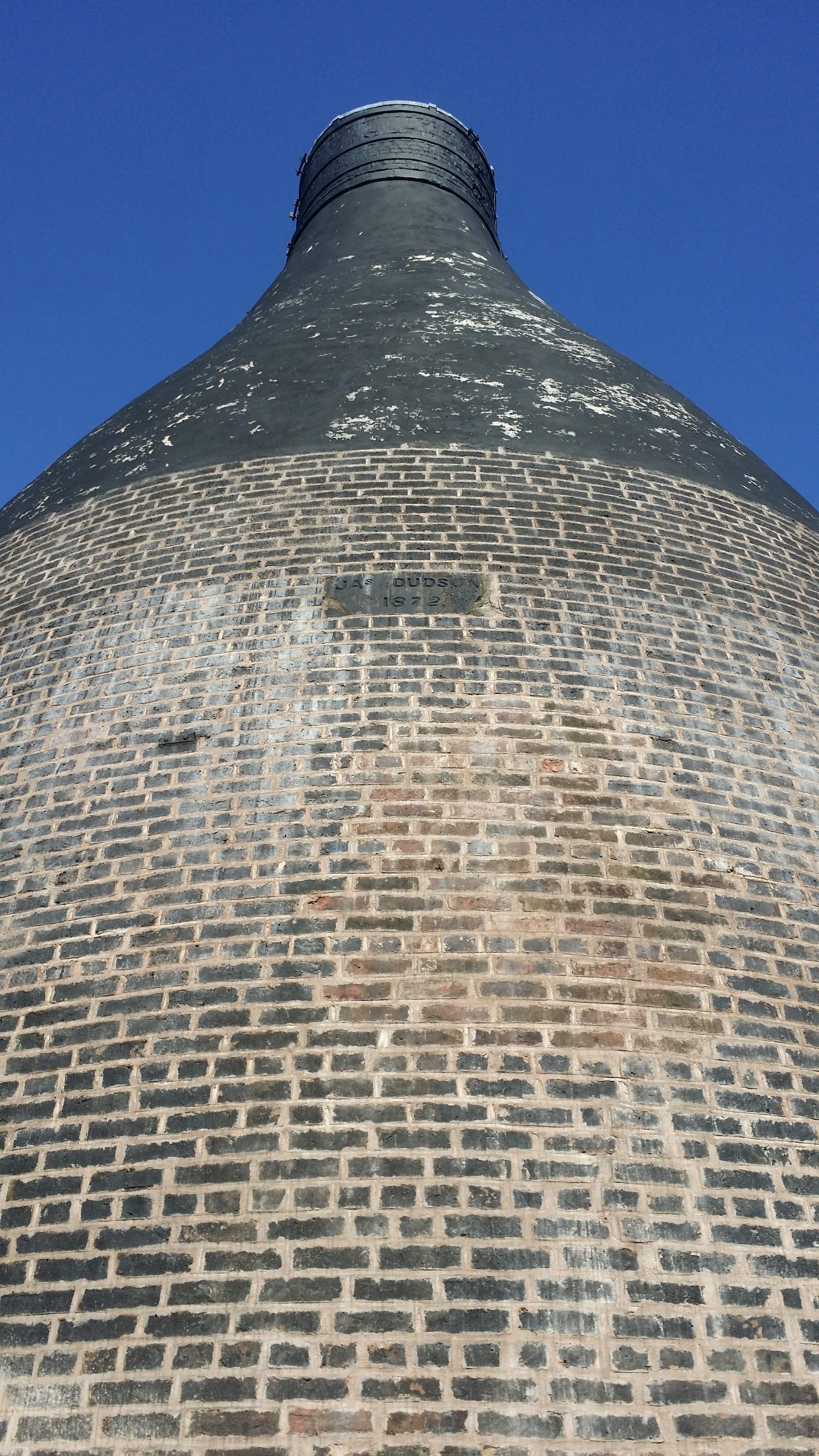
The Dudson Museum, for example, is housed within an original Grade II listed bottle oven. This museum provides visitors with a rare opportunity to step inside one of the few remaining accessible bottle ovens, offering a tangible connection to the city’s industrial past. The museum also showcases the history of the Dudson company, which was a major player in the pottery industry for over two centuries.
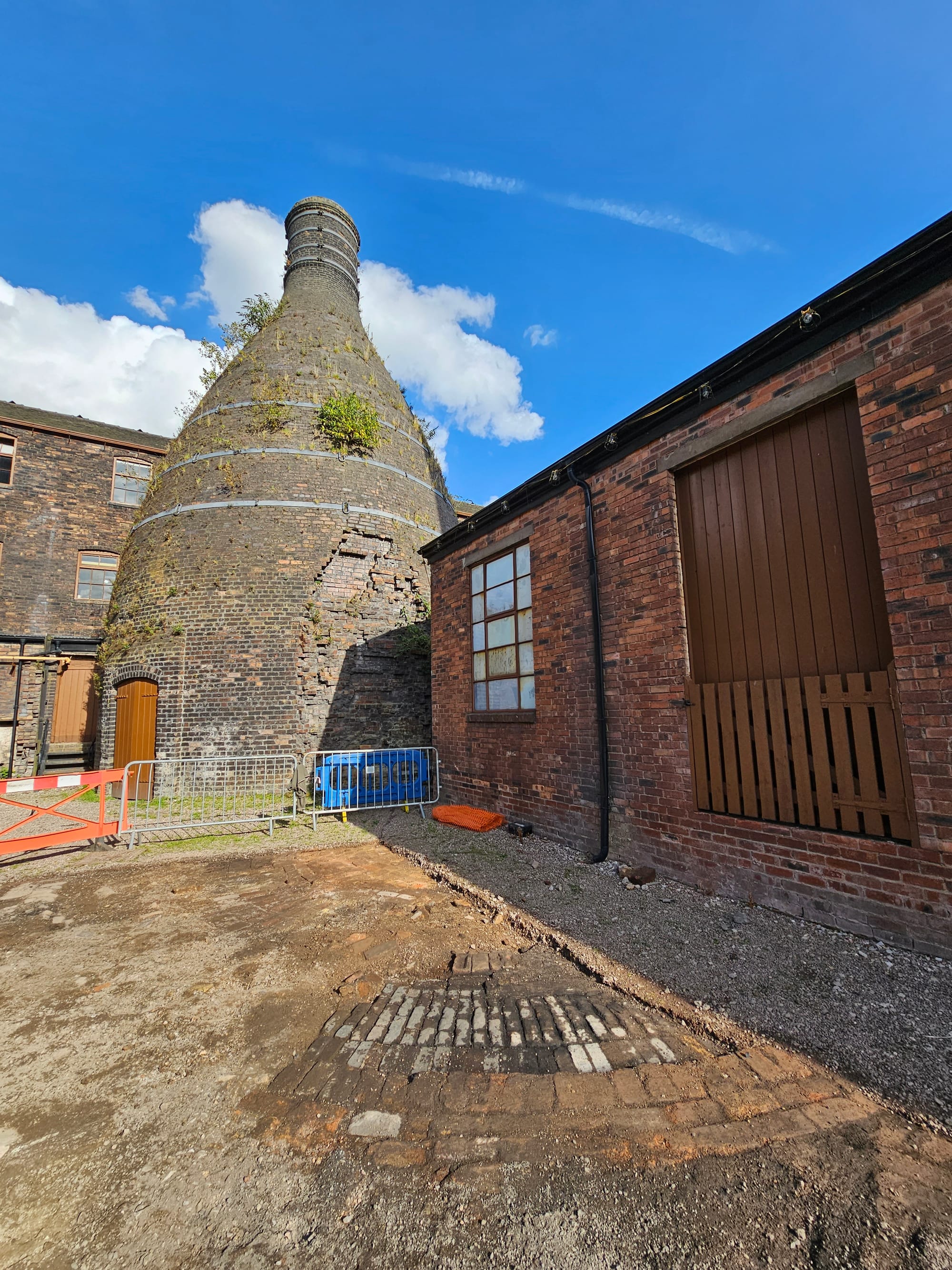
Middleport Pottery, another key site, has creatively repurposed its bottle oven. Here, one can even get married inside a bottle oven, an experience that blends the city’s rich heritage with contemporary life. Middleport Pottery, home to the renowned Burleigh brand, offers this unique venue for weddings and other special events, highlighting the adaptability and enduring significance of these historic structures.
The bottle oven is more than just a piece of industrial architecture; it is a symbol of the ingenuity, craftsmanship, and hard work that defined the pottery industry in the Potteries. As we celebrate Potteries Bottle Oven Day, we are reminded of the vital role these structures played in shaping the region's history and the legacy they leave behind.

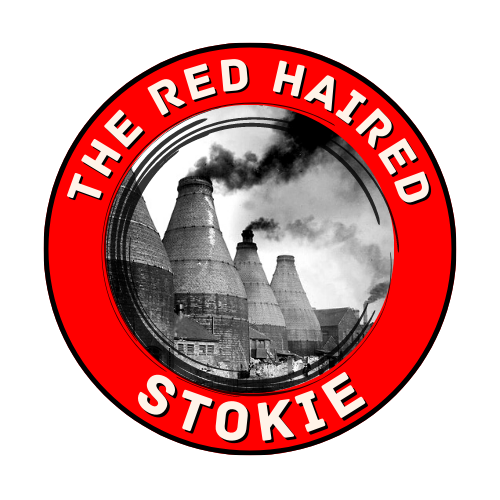
Check out my online shop for my local photography and art
Check out my recommended reading list
